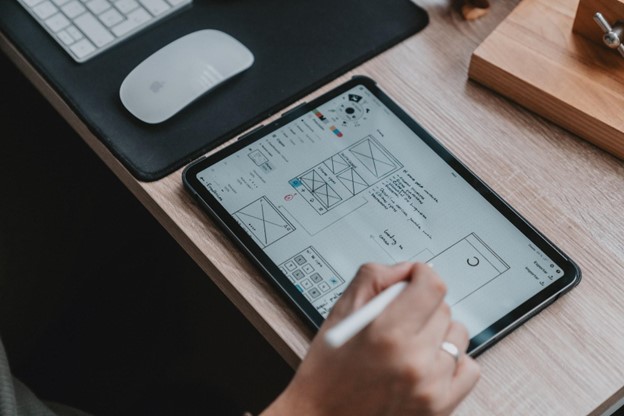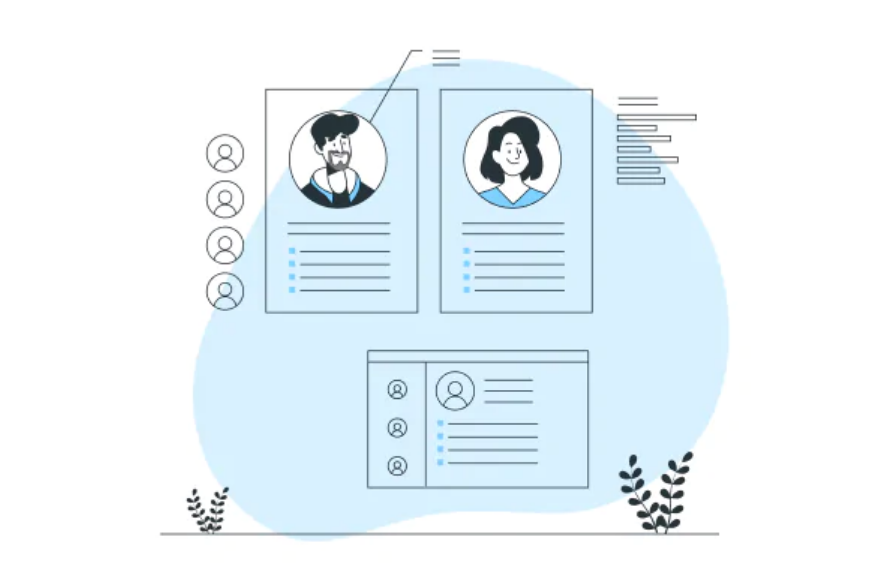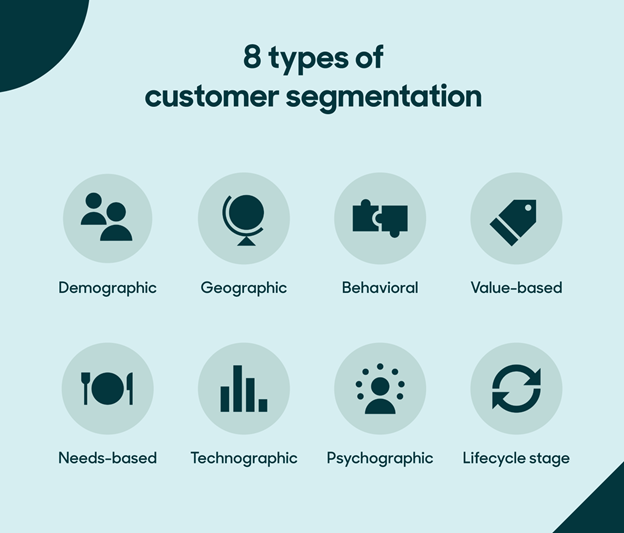Web designers have the power to completely transform digital experiences through impactful design. This is especially true of UX designers, whose specific purpose is to build websites and apps that are more enjoyable and easier for people to use.
As more people spend their time behind screens, the environmental and social impact of digital spaces is becoming more of a pressing issue. As such, it’s vital that UX designers start prioritizing environmental sustainability in their builds. This not only ensures a better user experience, but it also supports the social and environmental well-being of people and the planet.
This article will deep dive into the connections between sustainability and UX and also offer insights into how to improve UX design with social and environmental sustainability in mind.
What is Sustainable UX?
The goal of sustainability in general is to prolong and enhance life on Earth, through ecological, social, and economic changes. Ecologically, this means reducing waste, preserving natural resources, and protecting the planet. Socially, sustainability refers to promoting social responsibility and fair labor. Economically, it means maintaining and improving accessibility for everyone with regard to ease of use, cost, and availability.
So, sustainable UX, otherwise known as SUX, is an approach to the digital design of products, services, and experiences that is done in an ecologically and socially responsible way. In other words, its design attempts to minimize negative impacts on our society and the environment.
The Importance of Creating More Sustainable Digital Spaces and Products
Though UX design is concerned with digital environments, it can have a physical, real-world impact. In 2019, the use of digital technologies was responsible for 4% of carbon emissions, according to a report on video content and sustainability by The Shift Project, and these numbers are expected to have doubled by 2025. Online video viewing alone is responsible for the largest generation of those emissions, and today, most UX designs prioritize video content as it is what is most popular and trending amongst internet users.
However, while internet users are contributing to pollution, they are also the ones demanding change. Modern consumers, such as online shoppers, are now more concerned than ever about sustainability. They are waking up to the realization that their behaviors are having a major impact on the environment, but this also means they are demanding more sustainable practices from the brands they interact with. For this reason, UX designers need to care about sustainability to protect the environment, but they should also care as it can impact customer loyalty.
In addition to caring about the planet, consumers today are also demanding more inclusive and equity-focused designs to improve social and economic sustainability. So, how can UX designers take the theory of SUX and put it into actual practice?
Sustainable UX Best Practices
There are many ways to implement sustainability into UX design. Below, we will break it down into environmental and social practices.
Environmentally Sustainable UX Design
Environmental SUX focuses on minimizing the negative impacts of digital design on the planet, such as by finding ways to reduce energy usage for fewer carbon emissions. Below are the four main things to focus on when considering ecological UX sustainability:
- Optimized design: Optimizing certain design elements can enable more overall energy-efficient designs. This can be done by optimizing multimedia elements such as videos, graphics, and animations by compressing them and limiting use to reduce bandwidth and energy.
- Minimalist design: Minimalist design creates more streamlined and simpler interfaces, which naturally reduces energy usage. The less complex the design, the less energy is required of the supporting systems and processes.
- Performance optimization: Designs should be created in a way that improves overall performance, which not only boosts user experience but also reduces the environmental impact of the digital product. For example, prioritizing a design that has faster load times will make the user happier and it will consume less energy.
- Responsive design: A responsive design is technically about creating interfaces that are more accessible and user-friendly, such as creating interfaces that more easily adapt to different user devices. However, in creating more responsive designs, it also leads to more efficient use of energy and resources, which reduces the environmental impact as well.
Socially Sustainable UX Design
Socially sustainable UX focuses on the social and economic impacts of the design. Considerations and best practices include:
- Inclusive and accessible design: As mentioned above, inclusive and equity-focused designs are important to users today and are elements of social sustainability. This means creating interfaces that are accessible to everyone, no matter their abilities, which can include designing for physical, cognitive, and economic disabilities and limitations.
- Ethical design: This form of socially sustainable design is all about respecting users by maintaining ethical standards. This can include things such as obtaining informed consent for data usage and prioritizing user security and privacy.
- Human-centered design: The focus of socially sustainable design should be creating interfaces that are user-focused — meaning they prioritize the needs of the user. This requires conducting research to develop a deep understanding of various user needs and diverse perspectives.
- Empowerment: Social sustainability is also about empowering people to take control. With UX, this means designing interfaces that are customizable and give users more control over their digital experiences.
Using Process Visualization to Assist in Implementing Sustainable UX
A major part of implementing sustainable UX design is being able to adequately visualize digital interfaces and how and where changes need to be made. This can be achieved by improving process visualization with the right tools and techniques. Process maps, for example, are a great way to essentially map out the infrastructure of a project that you want to update and make more sustainable. Maps give you a very clear visual of each page, section, and element so you can more easily identify how and where to implement sustainable designs.
When using process visualization, the key is to identify your start and end points and keep it simple. If you overcomplicate visuals, such as the elements in a process map, it can make it harder to break things down and see where you might want or need to make any changes.
It’s also important to focus on hierarchy with process visualization, such as a hierarchical website tree structure, which can help indicate which pages or elements are more important and need to be updated more than others. Overall, the idea should be to create a visual that is easy to understand so you can more efficiently implement sustainable UX changes.
Final Thoughts
As a final takeaway, in addition to adopting the sustainable practices mentioned above, it’s also important to educate and spread awareness through SUX. This means providing educational content in digital spaces that not only informs users of the importance of sustainability and what you are doing to help but also tells users how they can use your digital product in a more eco-friendly way. The more everyone knows, the more we can foster a greater sense of environmental and social responsibility, which can help effect greater change.
- User Experience in Rural Agriculture: Balancing Tradition and Innovation - June 4, 2024
- Nurturing UX-Centric Culture in Your Tech Startup - May 7, 2024
- Exploring the Connections Between Sustainability and UX Design - March 19, 2024
![]() Give feedback about this article
Give feedback about this article
Were sorry to hear about that, give us a chance to improve.








